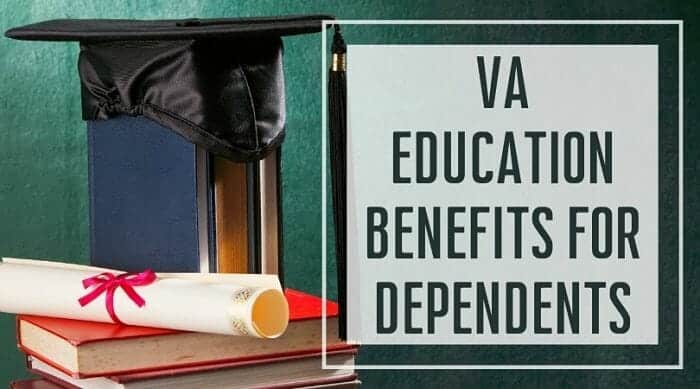Hope Credit
Updated: July 11, 2021
The Hope Credit, also referred to as the Hope Scholarship Tax Credit, was an education tax credit for qualifying students who, at tax time, have not completed four years of higher education.
This credit was first available in 1998, and lasted approximately 11 years. Details on the program and how it worked are below, but taxpayers should know that in 2009, HOPE was replaced by something known as the American Opportunity tax credit.
That program offered a tax credit in 2020 in the form of $2,500 for “adjusted qualified education expenses.” The amount of that credit is subject to change in any new tax year.
Instructions on IRS 2020 federal income tax filing paperwork advises that such tax credits are meant to reduce the amount of tax you are required to pay, “Unlike a deduction, which reduces the amount of income subject to tax, a credit directly reduces the tax itself.”
The IRS advises that up to 40% of the American Opportunity Tax Credit “may be refundable (see below). Which basically means, according to the IRS, that when the refundable amount of your credit is more than your tax, “the excess will be refunded to you.”
The American Opportunity Tax Credit is said to be more generous than the Hope Credit–under Hope, only the first two years of post-secondary education could be used. The American Opportunity Tax Credit provides the credit for the first four years according to documents published by the IRS.
How The Hope Credit Worked
In 1998, tax laws changed to allow qualifying taxpayers to claim a Hope Scholarship tax credit, described as “a nonrefundable federal income tax credit for payments of qualified tuition and related expenses” at the time.
The tax credit was available to either a qualifying independent student or to taxpayers who were entitled to claim the tax deduction/exemption for a dependent student.
In either case, the student was required to meet certain guidelines:
- The student was required to be enrolled at least half time for at least one academic period, “in one of the first two years of post-secondary education,” which translates to freshman or sophomore year.
- The student was also required to be enrolled in a degree or other approved credential-seeking program.
- The tax break could not be used for meals, lodging, student activities, athletics, insurance, or transportation.
Under the Hope program, payments of “qualified tuition and fees” paid with loan funds were deemed eligible.
When the program was still running, the annual tax credit was “equal to 100 percent” of the first $1,000 of approved tuition/related expenses. This credit was applied for 50 percent of “the next $1,000 of qualified tuition and expenses,” which meant a limit of $1500 per eligible student was available.
Income limits applied. At one stage in the program, the credit was “phased out” for taxpayers with modified adjusted gross incomes that exceeded a certain limit (an upper limit of $50k for single tax filers and an upper limit of $100k for joint filers applied at one time.)
Under the old system, a Lifetime Learning Credit was available after Hope Credit options had been used up.
The Hope Credit program was revised and became part of the American Opportunity Tax Credit, and part of the changes to the program included making some (but not all) of the tax credit refundable.
How The American Opportunity Tax Credit (AOTC) Works
As a replacement for the Hope program, the American Opportunity Tax Credit works as described on the IRS official site:
To claim AOTC taxpayers must use IRS Form 1098-T, Tuition Statement, provided by an “eligible educational institution, whether domestic or foreign.” You should receive a Form 1098-T PDF Tuition Statement from your school by Jan. 31.
Form 1098-T should display the amounts received during the year but may not be the amount you are permitted to claim. Reference IRS Publication 970 PDF, Tax Benefits for Education to learn what you are specifically allowed to claim.
To qualify for AOTC, the student must meet the following eligibility requirements:
- Be pursuing a degree or approved credential
- Be enrolled at least half time for at least one academic period* in the tax year you are claiming in
- Not have finished the first four years of higher education at the beginning of the tax year
- Not have claimed AOTC or prior Hope credit for more than four tax years
- The student must not have a felony drug conviction at the end of the tax year
 Joe Wallace is a 13-year veteran of the United States Air Force and a former reporter for Air Force Television News
Joe Wallace is a 13-year veteran of the United States Air Force and a former reporter for Air Force Television News



































































